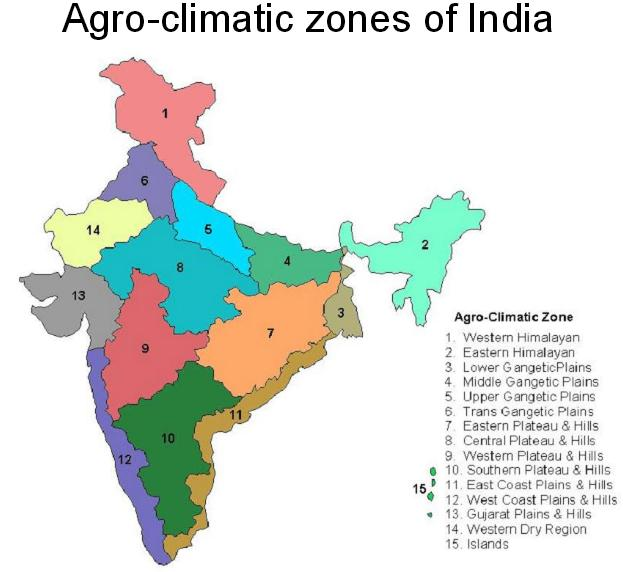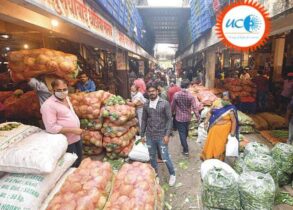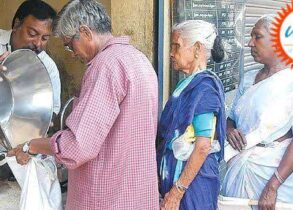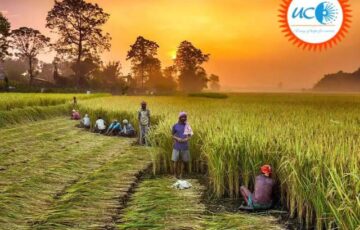Cropping pattern in the country does not concur with the agro-climatic reality, leading to unintended and undesirable consequences. Comment
Approach-
- Introduce the answer by explaining the meaning of cropping pattern.
- In the body of the answer discuss how cropping patterns with disregard to agro-climatic realities can lead to various adverse/unintended consequences.
- In the next part of the body, discuss some measures needed to align the cropping pattern with the regional agro-climatic realities.
- Conclude the answer by linking the need of agro- climatically suited cropping pattern for ensuring long-term food/nutritional security.
The percentage of land that is being cultivated for different crops at various times is referred to as the cropping pattern. Cropping practises that violate agroclimatic reality have a number of negative effects, including:
- Environmental
a.Soil exhaustion: Since the Green Revolution, Punjab and Haryana have become India’s granaries due to intensive cultivation, adequate irrigation, and fertiliser use. The soil is too depleted as a result to be repaired.
b.Water waste: The overuse of this already abundant resource is being caused by the cultivation of water-intensive crops like sugarcane in arid states like Rajasthan.
c.Threat to native microflora: As alien species, crops from beyond the agroclimatic zone can put the local flora and fauna in peril. For instance, monocultures are causing a loss of Himalayan herb species.
d.Loss of varieties- Due to certain government policies as MSP, local and wild varieties of similar crops are on the verge of extinction. E.g., India has above 1200 varieties of rice but only about 34 are mainstreamed.
2.Economical-
a.Un-scientific cropping may ensure short-term benefits. In the long term, it inflicts a huge economic loss in terms of green-valuation. Eg: Sugarcane in Rajasthan.
b.Loss of locally suited crops adds to food expenses and leads to food-inflation of themainstream crops including potatoes, etc.
3.Social-The local communities suffer the most as land available for the growth of their staple diet is now diverted. E.g., cassava and millets are becoming sparce due toplantation/commercial crops.
b.Nutrient deficiencies due to neglect of locally sourced food products. Eg: high iron deficiency in women, prevalence of obesity and malnutrition etc.
c.It also leads to loss of culture and extinction of local cuisines.
The following measures should be taken to realign cropping patterns with agro-climatic realities:
- Localized MSP- Decentralized procurement of local crops, suited to local agro-climatic realities need to be ensured. Eg: procurement of red rice in Uttarakhand, Jowar in Rajasthan etc.
- Policy support is needed for mainstream local crops. In this regard declaration of the International Year for millets, is a step in the right direction.
- Botanical gardens and Herbariums to be present at every district level to preserve and even market seeds and plants of local varieties.
- Training, capacity building and market linkages for conservation agriculture, organic farming, ZBNF etc., should be ensured.
- Popularization of local cuisines through fairs and even social media can give an incentive to boost the production of regional crops.
Agro-climatically suited crops provide better disease resistance as well as climate tolerance. The need of the hour is to provide locally suited crops with the necessary support to ensure long-term food/nutritional security.









